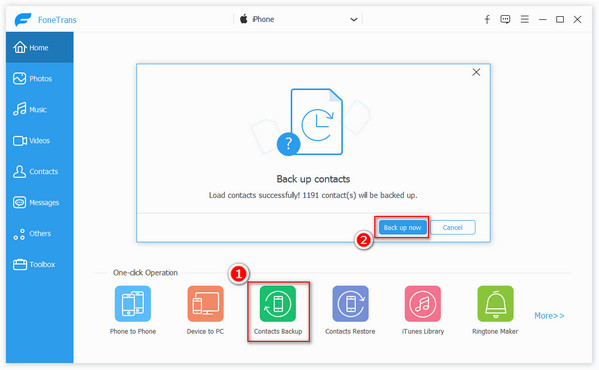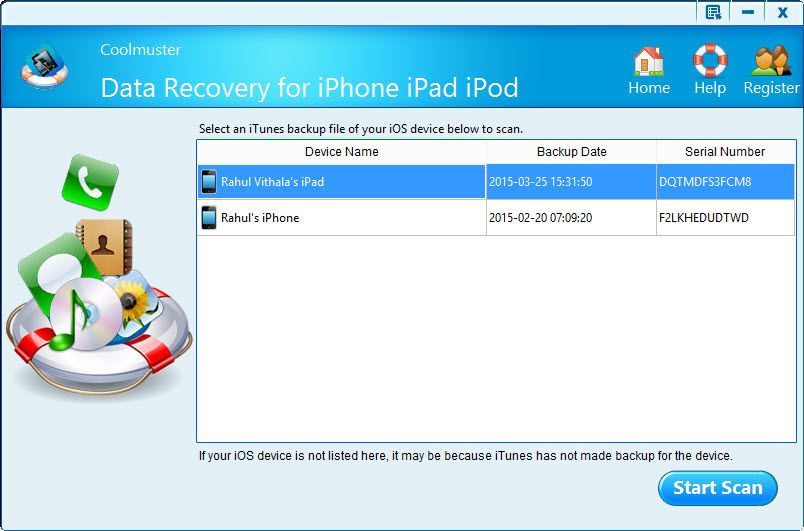

The software will ask you to pick a folder where you want to store the extracted pictures. Check the box in front of the picture that you want to extract and select “ Recover” to begin extracting. You can preview the files or see deleted files by selecting “ Only show deleted files” option.

Step 4: You can view the images in the interface after scanning is complete. You can choose the latest backup file or another from which you would like to extract the photographs, then select the file type and press “ Scan.” Step 3: iMyFone D-Back will then begin scanning for the available backup files and display the same. You can then begin selecting the files that you would like to extract from the iTunes backup after pressing the “ Start” button.

Step 2: After completing the installation, launch the program, and from the main screen, select “ Recover from iTunes Backup” option. You can download the file for Mac or for Windows PC. Step 1: Download the trial version by visiting the iMyFone official website. You can read more about our review and editorial process here.Try It Free Steps to Extract Photos from iTunes Backup with D-Back However, this doesn’t affect the recommendations our writers make. We may earn commissions on purchases made using our links. IGeeksBlog has affiliate and sponsored partnerships. 3 Ways to Delete Multiple iMessage Photos and Attachments.How to Save Audio Messages on iPhone and iPad.How to Export Health Data from Your iPhone.Let us know in the comments below which tool you chose to use. So we hope this clarifies how you can save or extract messages from your iPhone backup to your computer. This makes it easy to read, print, and share those conversations anytime.

Similar to other options, it also extracts all attachments like photos, videos, GIFs, voice messages, and more.įor your convenience, you can export the messages in different formats like PDF, Word, Excel, Plain Text, CSV or HTML. Save and backup your iMessages, WhatsApp, Viber, and Line conversations with this useful tool.


 0 kommentar(er)
0 kommentar(er)
